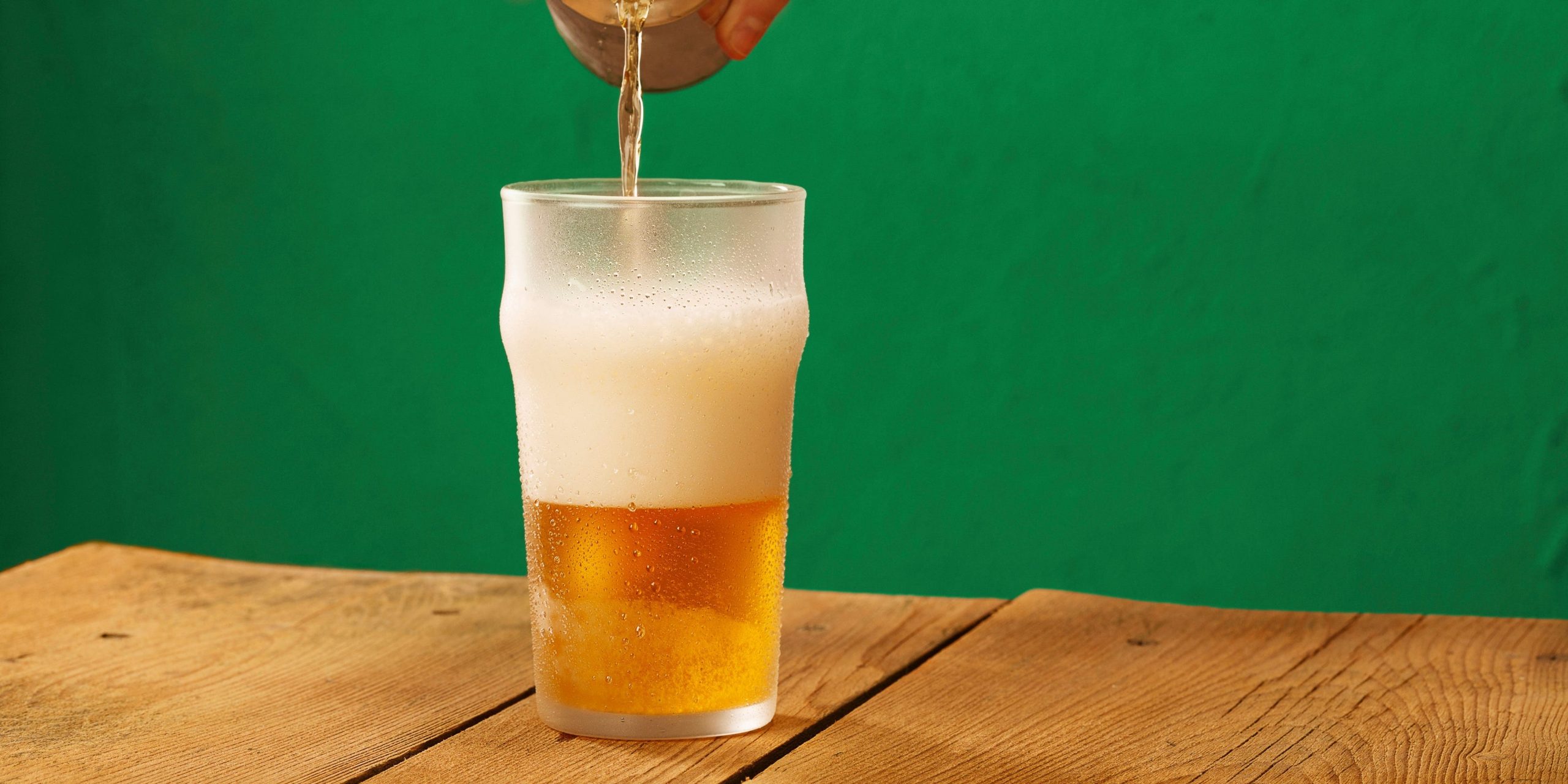
- Beers need to have less than 0.5 percent alcohol by volume to be considered nonalcoholic.
- To make NA beer, the alcohol is either removed or it’s not produced at all during fermentation.
- Nonalcoholic beers have fewer calories than their alcoholic counterparts.
- Visit Insider’s homepage for more stories.
When we think of nonalcoholic beverages, sodas, juices, coffee, and water usually come to mind. Beer isn’t typically in the mix, but that has changed with the launch of NA versions that fill a void for those who still want the flavor of a well-crafted brew, but none of the alcohol.
Low-alcohol beers are nothing new – from Medieval Europe’s small beers and the non-alcoholic ales of the Prohibition era to O’Doul’s, an alcohol-free malt drink popular in the 1980s and 90s, various options have popped up over the years. Many drinkers have sought out craft beer’s high-quality ingredients and flavors without its alcoholic effects and continue to do so.
“Most of our customers come from outside the beer category for lifestyle reasons,” says Bill Shufelt, co-founder and CEO of Athletic Brewing Company. “They’re looking for a premium non-alcoholic beverage that they can have any night of the week any hour of the day.”
The meaning of “nonalcoholic”
Before jumping into the brewing process of NA beers, it’s important to understand what’s considered an alcoholic beverage. The rule was set in 1919 during Prohibition, when Congress approved the Volstead Act, which deemed a beverage boozy if it contained more than 0.5 percent alcohol by volume. While this act has been defunct for decades, the rule is still the federal standard for alcoholic beverages. So, in order to be considered nonalcoholic, beers need to have an ABV that’s less than 0.5 percent.
How is nonalcoholic beer made?
Nonalcoholic beers are made in one of two ways: either the alcohol is removed or it's not produced at all during fermentation. Depending on the brewery, there are a few methods of making these "near beers." At Ceria Brewing, NA beers are fully fermented and the alcohol is boiled off at the end in a vacuum environment that gently heats up the beer. Big Drop Brewing, on the other hand, uses a special yeast and more varied grain - though less of it overall - to impart different flavors. The particular yeast they used doesn't convert the sugars into alcohol as is the usual process of fermentation and what's left are the full flavors that beer has with less than 0.5 percent alcohol.
For Athletic Brewing Company, the brewing involves a 10 to 12-step process, which results in a fully fermented non-alcoholic beer with deep flavors and aromas. While these processes may add complexity to brewing beer, they're well worth the effort according to these breweries, since it helps expand their markets.
Who makes nonalcoholic beer and where to find them
Well-known breweries that normally churn out alcoholic beers - like Lagunitas Brewing Company and Brooklyn Brewery - are producing NA beers for mass consumption along with both smaller, more local brewers and international brands.
Most breweries ship directly to the consumer via their websites or on Amazon. "The good thing about NA beers is that they can be shipped anywhere and don't fall under the three -tier system that beers have to," says Villa.